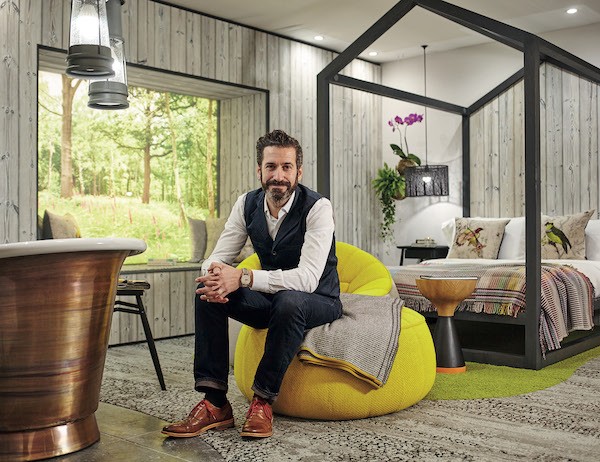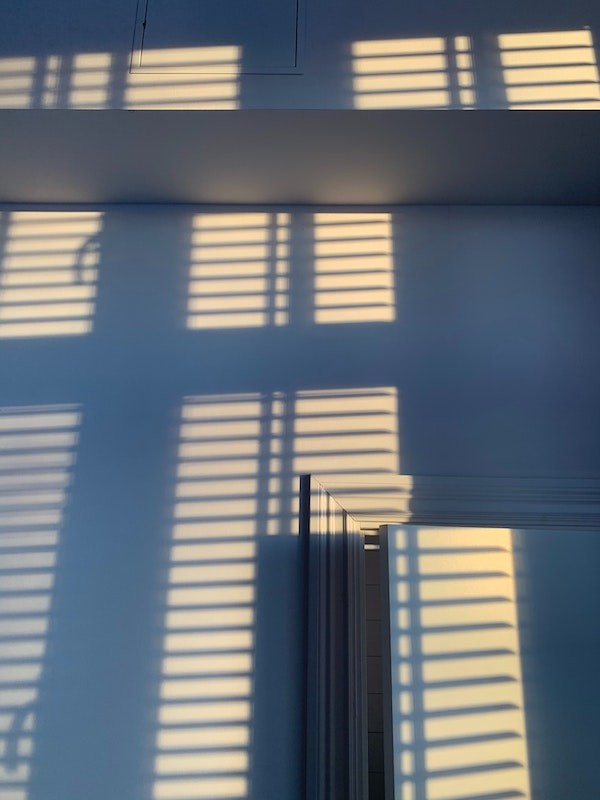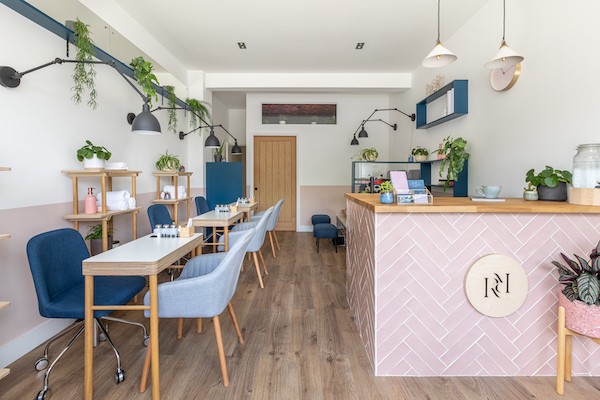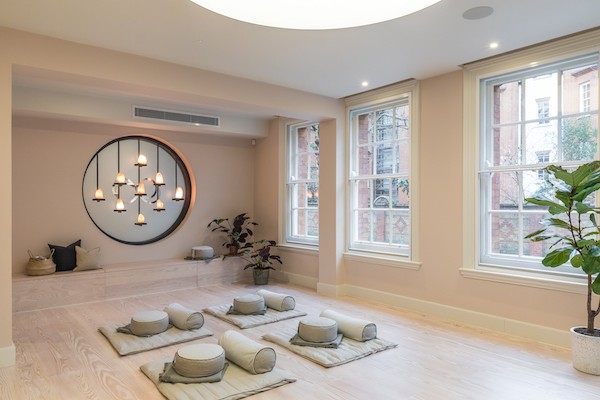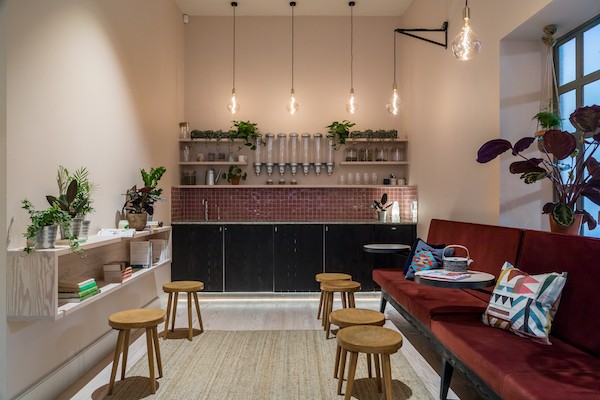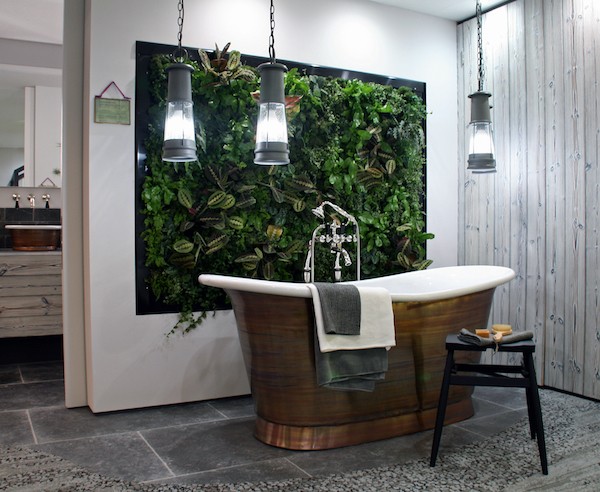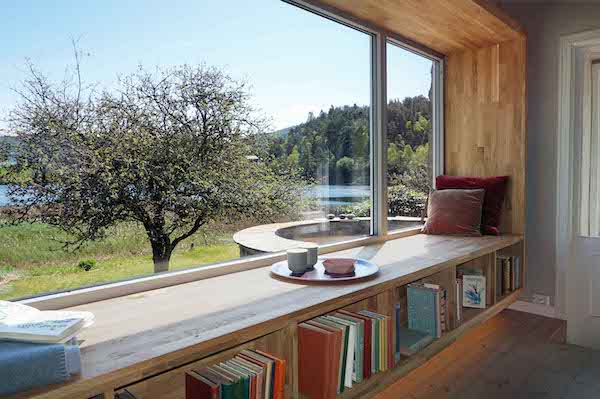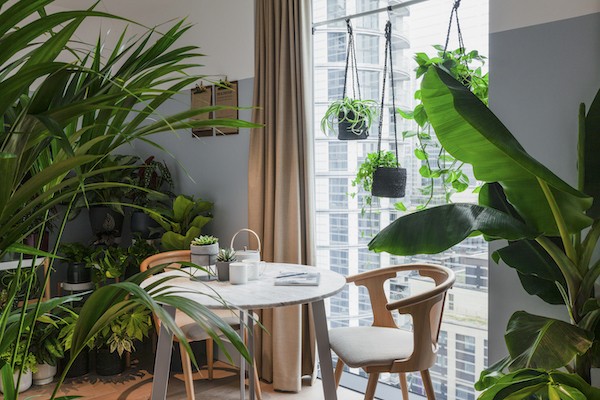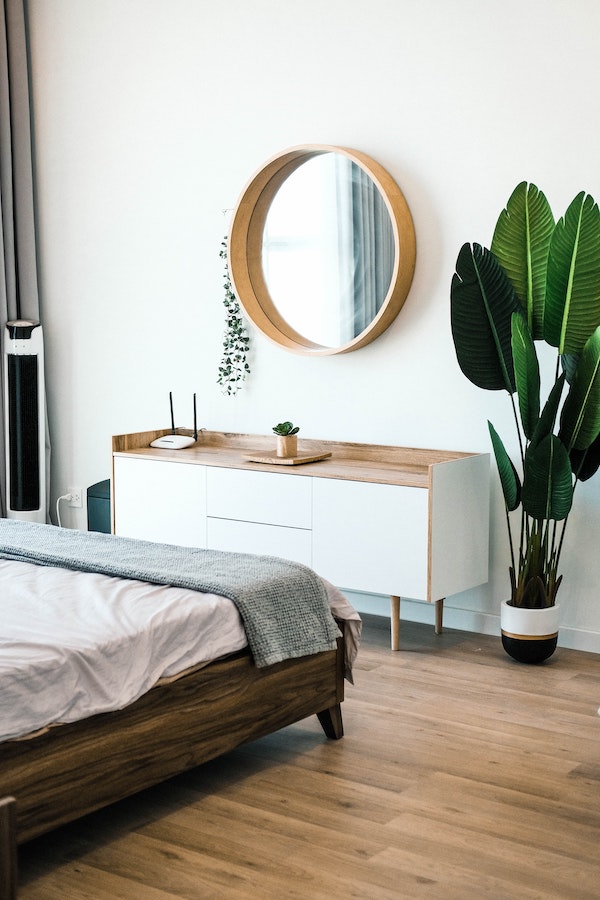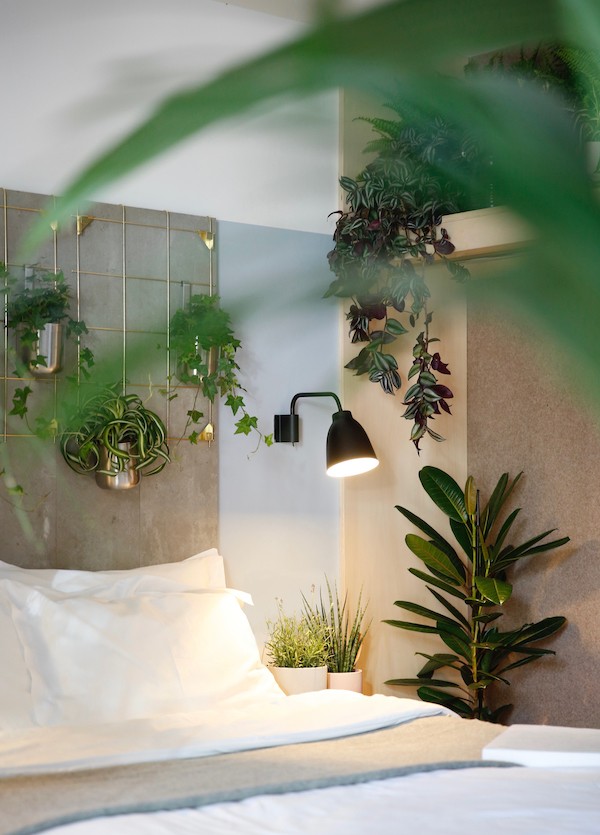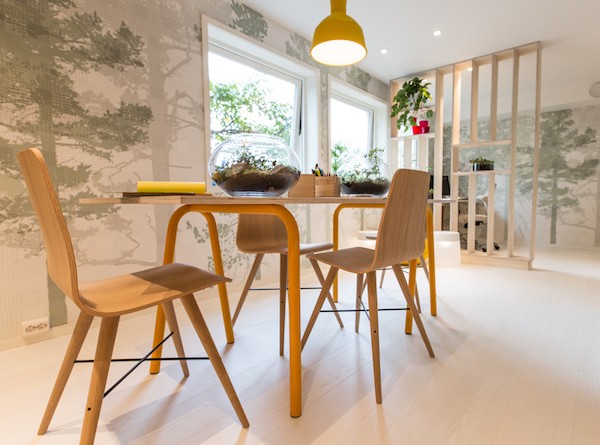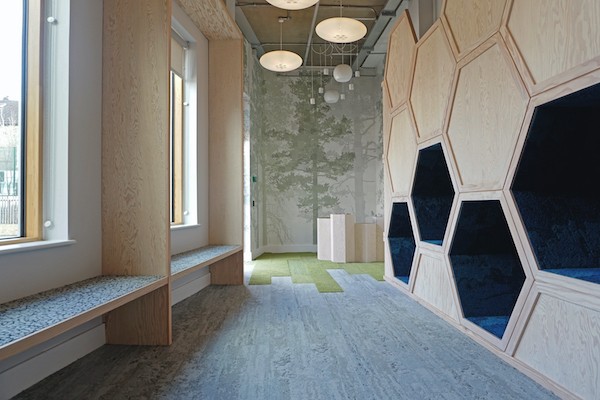As we stay in our houses, to protect our health and that of others, the idea of home as our sanctuary is taking on a whole new meaning. With school, work and self-isolation all happening in one place – the need to create an overall sense of calm amongst the chaos is greater than ever.
If your interior needs a reset, Oliver Heath‘s philosophy of Biophilic Design may provide a new perspective. For many years, he has been investigating the benefits of what his Brighton-based architectural practice refers to as ‘human centred design’. It’s about creating environments that put our wellbeing first and reinforce our connection with nature.
With our health and happiness in mind, Oliver Heath’s research led design practice sums up Biophilic Design as ‘using human’s innate attraction to nature and natural processes, to improve the many spaces we live and work in. Key aspects include improving natural light, views out on to nature, incorporating natural materials, textures and patterns, ventilating spaces and creating restorative environments.’
We asked Oliver to tell us more about this human centred approach to interiors.
What initially sparked your interest in Biophilic Design?
‘Sustainability has been a key part of my work since the 1990s, where I encouraged homeowners to upcycle furniture on BBC’s Changing Rooms. Ideas around bringing nature into the home also arose when writing my book Urban Eco Chic (2008). But soon after, I discovered the work of Steven Kellert, who along with Edward O. Wilson wrote the book The Biophilia Hypothesis (1993) which defines biophilia as ‘the urge to affiliate with other forms of life.’’
‘I found it fascinating that while studying architecture for 6 years, nobody really talked about this idea of evidence based design, and the wonderful benefits of bringing nature into buildings. There was an understanding that buildings are made of concrete, steel and glass and they were better designed to keep nature out. They should be well insulated, they should be vacuum sealed, they mustn’t let any smells or dust or dirt get in.
As a result, we’ve ended up with very cold, inhumane buildings that are essentially very sustainable, but also not great places to live and work. There was all this research out there that demonstrated many of the things I knew were fundamental to making good buildings, and were actually proven to improve occupier experience.’
How do Biophilic Design principles benefit commercial interiors?
‘Most of the rhetoric around Biophilic Design has been about its effectiveness in the commercial sector. What’s interesting, is that it’s very much driven by this business case. Why would a company bother paying to have plants in the building? The reality is that for most companies, 90% of business operating costs are their staff. So how do you get that massive cost to be more efficient?’
‘Studies show that we recover significantly faster from stress when exposed to a natural environment, in comparison to an urban setting. There is a business incentive for employers to bring nature into the workplace, in order to cut negative costs such as absenteeism and staff turnover.’
‘A lot of architecture and design is about expressing a message. You’re telling the world you’re here, you’ve got money, you’ve got good style, maybe you’re expressing corporate identity through your expression of architecture.
We turn that around and ask what would it be like if you just wanted people to feel great? How would you use design to make them feel valued, relaxed and recuperated? Design can be used as a tool to influence positive emotional responses to spaces as well as make people more productive, creative, talk more and share ideas.’
Why is it important to apply Biophilic principles to the home, where you wouldn’t normally be measuring productivity or creativity?
‘Humans were designed for intense periods of activity and focus and then the opportunity to relax and recuperate, to regain our physical and mental energy. So we really need to think about this when we design spaces, to allow people to switch off, to gaze out of a window, to relax, to sleep well at night – something absolutely fundamental to our mental wellbeing.
We want to understand what the space is going to be used for and how you want them to make you feel. Working from home you might want the space to be exciting, stimulating and invigorating or allow you to focus. Are you looking to create a social space where people come together and have meaningful conversations, or a mindful, relaxing and recuperative space?’
‘Biophilic Design aims to bring real forms of nature in, which might be plants or water, access to natural light, fresh air. Position furniture to focus on a view looking out onto greenery and make the most of the natural light coming in.
In a lot of the worst spaces, there is very little opportunity to really connect with nature. A window looking onto a brick wall or a high level window is not very desirable. This is where it helps to bring in artificial elements of nature – natural materials, scents, sounds, colours, textures, patterns that evoke a feeling of nature, as well as low levels of toxins.’
How do you explain the interior design trend for house plants?
‘It’s partly down to the rise of social media, because plants are so instantly photogenic. But it’s also being driven by millennials who have far less opportunities to buy property and are forced to rent.
They’re not allowed to hang pictures, or paint or decorate. Without any of those personal touches how does anyone turn a boxy room into somewhere they will feel comfortable and relaxed? How can they have an influence or connection to the space?
Plants can also be a big ‘thing’ to bring into a space and it can have a dramatic effect. A big Montstera or Parlour Palm can really have quite a big decorative impact on a room.’
Can you give an example of how we might introduce Biophilic Design into a room?
‘If you think about the bedroom, we forget how important sleep is for happy, healthy, productive functioning in our lives. All the technology we have now emits lots of blue light, which is fine in the day when we want to be energised and stimulated, but at night, when we are trying to go to sleep, it’s stimulating the brain, making you think it’s the middle of the day.
‘Colour changing bulbs can help you adjust to night. In my home I have a Philips Hue
* colour changing bulb next to my bed. Changing it to orange and it reminds my brain it’s dusk and that I should be winding down. I also have a Lumie* light clock, which can be set from warm orange down to dark as you go to sleep.
Bright and vibrantly coloured bedrooms are probably going to be overstimulating, as opposed to natural tonal colours. Natural paint can improve air quality but certain plants can improve air quality as well, such as ferns and Mother in Law’s Tongue. Some plants produce oxygen at night – ivy and also lavender, a scent long associated with relaxation and sleep.’
How do you define a sustainable home or building?
‘Traditionally when we’ve talked about sustainable buildings, it’s about their reduced impact on the environment. So they might be super insulated and well sealed and well ventilated, with energy and resource efficient products. These buildings essentially help us to use less electricity, less gas to warm our buildings and water and also use less water in general.’
‘A good sustainable building will be made from products that won’t have lots of toxins in and can also be reused and recycled at the end of their useful life. They stay in a loop of usefulness which links into what we call the circular economy. These are carbon-centred approaches to buildings.
But there is very little that is human-centered around that, because what we’re not talking about here is human health and wellbeing. I think to create truly successful buildings fit for the future we need to create spaces that are also wonderful, nurturing, supporting buildings fit for our future. Buildings that help us deliver on the intended function of that space.’
Follow Oliver Heath’s advice and updates on design and wellbeing during lockdown via Instagram:
Captions
- Biophilic bedroom by Oliver Heath Design
- Photo by Ren Ran
- Photo by Trude Jonsson Stangel
- Rose and River salon, London by Oliver Heath Design
- Re:mind Meditation Studio, London by Oliver Heath Design
- Re:mind Meditation Studio, London by Oliver Heath Design
- Living wall in the bathroom by Oliver Heath Design
- View from a Nordic villa by Oliver Heath Design
- Joy of Plants installation at Leman Locke by Oliver Heath Design
- Photo by Minh Pham
- Joy of Plants installation at Leman Locke by Oliver Heath Design
- Biophilic basement by Oliver Heath Design
- The Garden School, London by Oliver Heath Design
This post contains affiliate links marked with*
Thanks for supporting Upcyclist.co.uk

